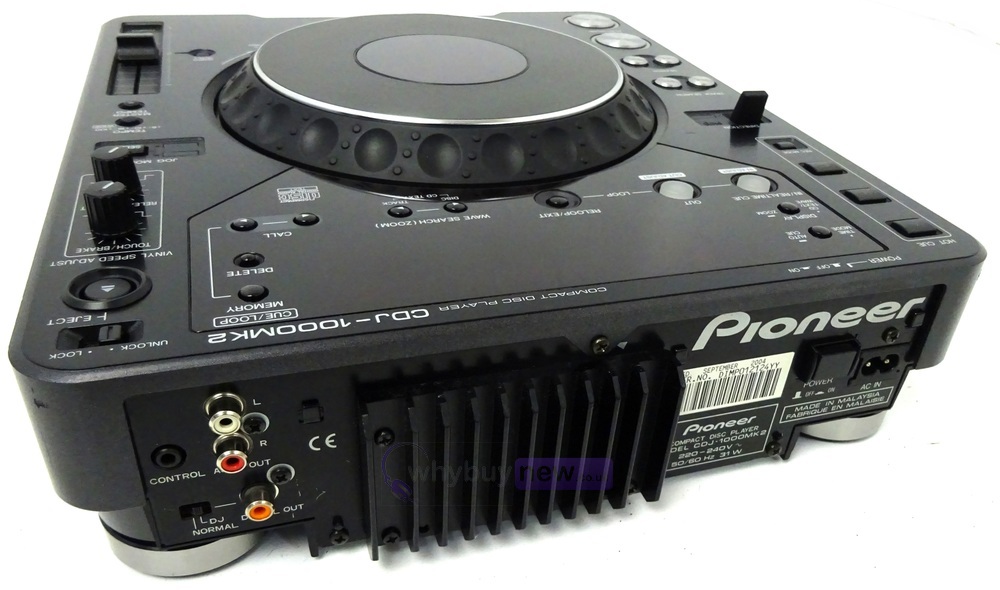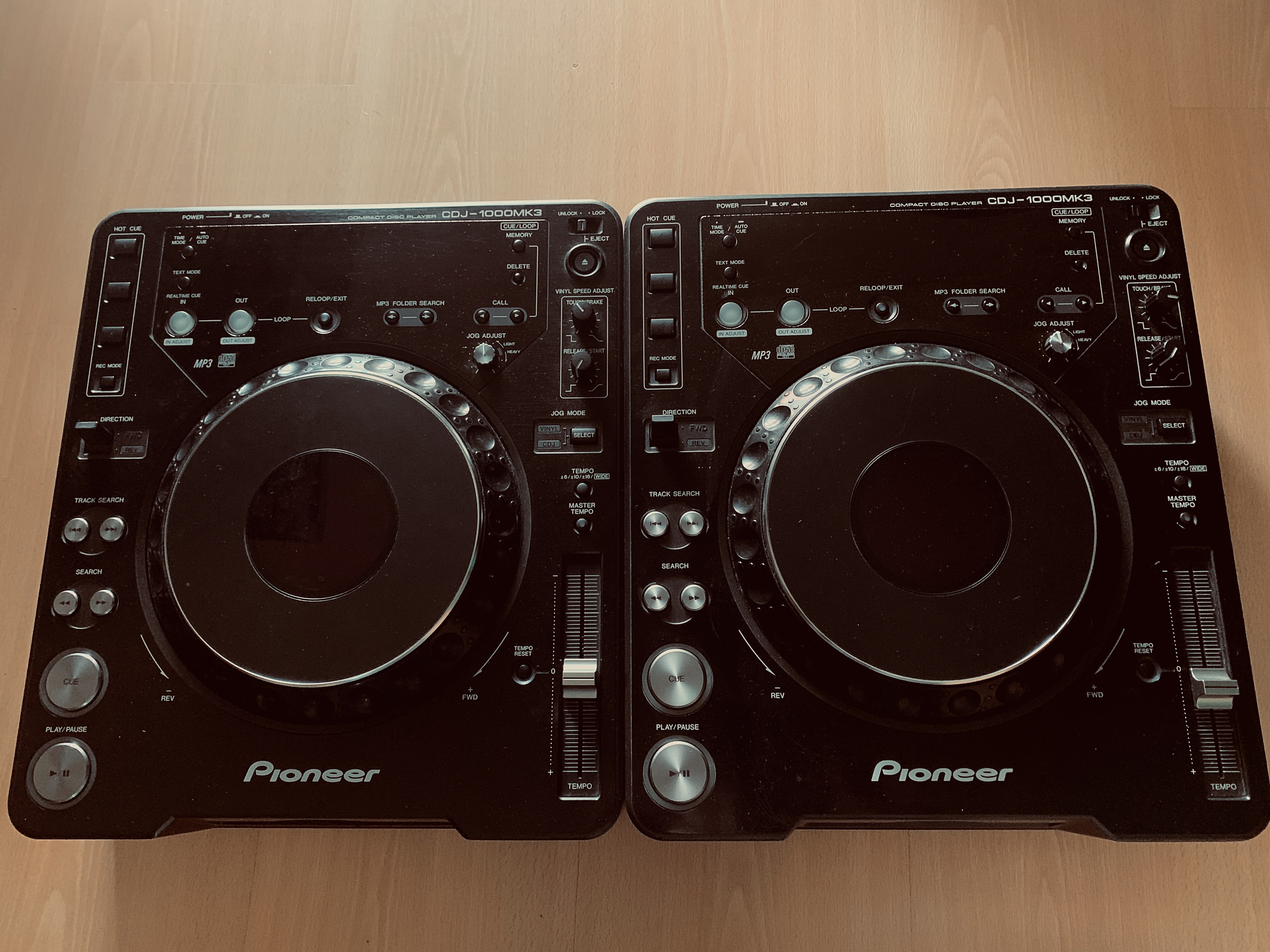

First set your in and out points quickly enough that the start and end are basically the same sound and are looping as a constant tone.
PIONER CDJ1000 FULL
You can even drop a very short loop on the snare of a full track to get this effect. Scratch samples, crashes, tones or anything with a lot of high frequencies work great. You can use it to loop tiny sections of a song or short burst of noise to create a constant tone.

Not every sound has to be used in its original context, and the loop function does not just have to loop recognizable passages. Now set your loop on the a cappella, store it, and whenever you call it up, it will be in perfect time.

Then adjust the pitch of the beat so it’s in time. Make sure the a cappella is not pitched up or down, but at zero. When you set the loops up in advance, always set them to a beat on the opposite deck. Let it ride for as long as you need, working the EQ to make it interesting, and for really dramatic builds, add a delay or transform effect. For example, a timed, one-count loop on the last word or syllable of an a cappella will drive the crowd nuts.
PIONER CDJ1000 FREE
Everything is ready to go at any time, and you still have two free decks to play from. The cue points have all been stored at the front of the samples, loops set on short drum parts and on key words of popular a cappellas. These take up almost no room at all, but you now have instant, tangible access to a few go-to samples without thinking about it. When you get inspired to drop that big effected crash, extra drum beat or vocal sample, you need to get at it quickly and intuitively.ĭid you know that the CDJ-1000MK2 and MK3 can hold a small memory card that will store all of your loop and cue information? Imagine this scenario: Along with your normal equipment, you bring a memory card and a small booklet of CDs. They can be regularly appearing guest stars that create continuity within your set. Samples don’t have to be a one-time thing. There are few styles of music that can’t benefit from a little extra flavor to tie the set together. It can be your universal auxiliary player with go-to samples, loops, airdrops and a cappellas. Besides, you don’t have to choose CDs or your laptop use both! Very few programs offer the ability to play more than two sources of audio, and there are a lot of situations that call for a third deck. No one actually plays CDs anymore.” Actually, a lot of excellent DJs still use CDJs exclusively in their sets. Get with the program and buy Scratch Live or Final Scratch. You might be thinking, “CDJs are sooo 2001. Groupies, you may ask? No, Pioneer CDJ-1000s! ALL ABOUT THE MEMORY It might be wise to have a few universal tricks up your sleeve that you can pull out at almost any gig with a piece of gear that you will find in nearly all DJ booths. Not good enough if you want to play with the big boys. So, for instance, if your entire set is built around the features and effects found in a high-end mixer that very few clubs have, your set will be 100 percent about 10 percent of the time. Unfortunately, unless you are willing to bring your entire personal rig to a gig or happen to be Paul van Dyk and can demand the gear that you need, your live shows are limited to the gear a club has installed. It seems like many of the tools and tricks of the digital DJ world are becoming more and more system exclusive with each company outdoing the other with fancy new gadgets.


 0 kommentar(er)
0 kommentar(er)
